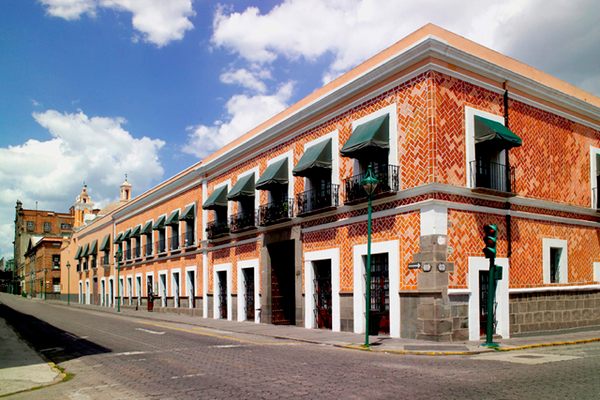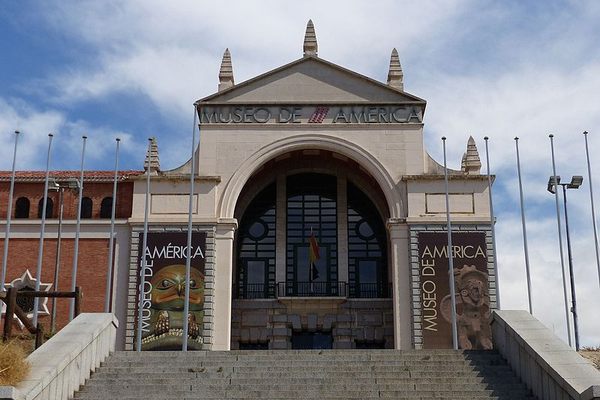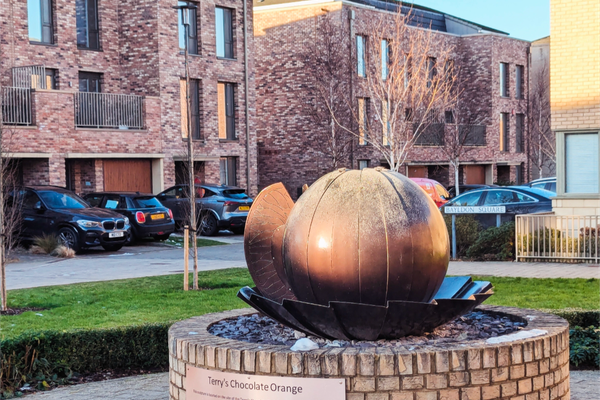About
While plenty of places offer single-origin chocolate, this confectionery in the Juárez neighborhood of Mexico City takes the concept to the next level. At La Rifa Chocolatería, every aspect of the supply chain is traceable and transparent. Ask where the honey, unrefined piloncillo sugar, or, of course, cacao nibs come from and the staff here can rattle off not only its microregion and village of origin, but also the names of the producers who made it.
Since starting the business in 2012, co-founders Daniel Reza and Monica Ortiz Lozano have been committed to working exclusively with small, ethical producers. Virtually all of the cacao beans here come from farms in Chiapas and Tabasco. Both regions have ideal climatic conditions for growing cacao, but high levels of unemployment and poverty. Large, multinational chocolate-producing conglomerates have traditionally passed little of the profits back to the farmers behind their product—an inequitable structure that Reza and Lozano are determined to combat.
Impeccable sourcing is just one part of the equation here. Reza and Lozano draw on Mexico’s ancient history with these beans. Mesoamerican people from the Olmecs to the Mayans and Aztecs fermented and ground cacao into a frothy beverage. Cacao pots have been found in Mayan tombs and according to some records, a woman needed to prove her mettle with cacao-making in order to be considered a desirable bride.
At La Rifa Chocolatería, all of the cacao bars and drinking chocolate state whether the beans were washed and unfermented, or the exact length of their fermentation time. Garnished with edible flowers, powdered hoja santa, crushed cacao nibs, or salty pretzels, the chocolates are as eye-catching as they are flavorful.
The result of all this conscious cacao curation is chocolate so good that renowned chef René Redzepi decided to offer it at Noma after using it for his Mexican pop-up. Unlike a trip to the Michelin-starred restaurant in Copenhagen, a mug of hot chocolate here will only set you back a few bucks, or around 30 to 60 pesos. Wildly complex and pleasantly gritty with pieces of unconched chocolate, this stuff is to Swiss Miss what artisanal sourdough is to Wonderbread.
If the sheer selection seems overwhelming, the friendly staff can walk you through the subtle differences. Choose from more than a dozen permutations, with chocolates ranging in cacao percentages from dulce and semi-amargo, with 50 percent, all the way up to amargo (bitter), with pure nibs. Opt for washed or fermented beans, brewed with water, milk, or almond milk, and infused with cardamom, honey, or a mix of guajillo and mulato chiles. Whatever you order, be sure to get a marranitos, a traditional pig-shaped cookie sweetened with piloncillo, alongside for dipping.
Related Tags
Know Before You Go
The shop is open daily from morning until 9 p.m., making this an incredible after-dinner dessert—as long as you don’t plan on hitting the hay early. A mug or bowl of this hot chocolate is potent enough to give you a serious pick-me-up for several hours. Note that they sell their drinking chocolate in bags, which make for perfect gifts.
Yucatan: Astronomy, Pyramids & Mayan Legends
Mayan legends, ancient craters, lost cities, and stunning constellations.
Book NowCommunity Contributors
Added By
Published
March 30, 2022

































